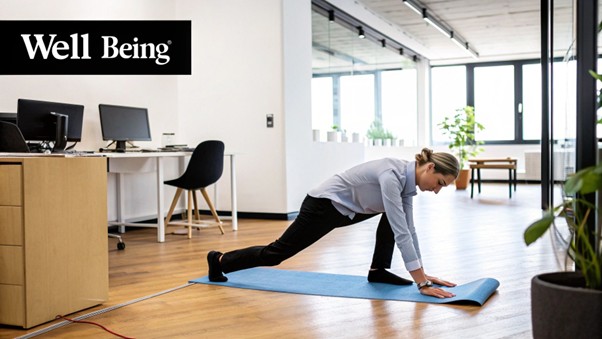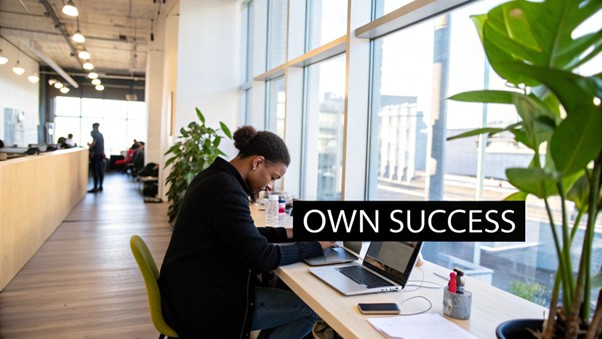Collaborative workspace design goes beyond simply providing desks and chairs. It’s about crafting physical and virtual environments that actively encourage interaction, innovation, and boost employee engagement. This approach acknowledges the significant influence of the physical workspace on teamwork, communication, and overall job satisfaction. Thoughtful design is, therefore, a critical component of the employee experience, especially for CHROs looking to attract and retain talent in today’s competitive job market.
At its core, collaborative workspace design offers a variety of spaces catering to different work styles and preferences. This includes:
- Flexible areas for individual focused work
- Open collaborative zones for team projects
- Technology-enabled meeting rooms
- Social spaces to encourage informal interaction
Ergonomic furniture and equipment, natural light, and biophilic design elements (incorporating nature) contribute to employee well-being and productivity. For increasingly common hybrid and remote teams, incorporating virtual workspace tools that reflect the collaborative spirit of physical spaces is also key.
The Rise of Collaborative Workspaces
The rise of collaborative workspaces can be attributed to companies like IDEO, known for its pioneering creative work environments, and WeWork, which popularized the aesthetic and approach to shared workspaces. Office furniture innovators like Steelcase and Herman Miller, along with architecture firms specializing in workplace design, such as Gensler, have also been instrumental in shaping this trend.
Real-World Examples
Several companies showcase the effectiveness of collaborative workspace design:
- Google: Its campuses are renowned for diverse workspaces and perks, designed to remove collaboration barriers and foster a sense of community.
- Microsoft: Its redesigned Redmond campus prioritizes flexibility, connection to nature, and various work settings for diverse work styles.
- Airbnb: Themed meeting spaces reflecting global destinations inspire creativity and collaboration among its employees.
Weighing the Pros and Cons
While redesigning a workspace requires a significant initial investment, the benefits often outweigh the costs.
| Pros |
Cons |
| Facilitates spontaneous collaboration |
Significant investment for physical redesign |
| Adapts to different work styles and tasks |
One-size-fits-all may not suit all employees |
| Reinforces company culture and values |
Open spaces can create noise and distractions |
| Improves productivity and well-being |
Challenging to implement for fully distributed teams |
| Powerful recruitment and retention tool |
May face resistance to change |
Implementing Collaborative Design in the IN Region
Implementing collaborative workspace design in the IN region necessitates considering the local context. Availability and pricing of furniture and technology may vary, and cultural nuances should inform design choices. Incorporating local craftsmanship and design elements can create a more authentic and engaging workspace. Consulting local design firms specializing in collaborative workspaces provides valuable insights and ensures a culturally relevant approach.
Tips for CHROs
Here are a few tips for CHROs considering a collaborative workspace redesign:
- Involve employees: Gather feedback through surveys, focus groups, and workshops to understand needs and preferences.
- Create variety: Offer a range of spaces for different tasks and work styles – from quiet zones to collaborative hubs.
- Balance collaboration with quiet: Open-plan layouts can be stimulating, but quiet spaces are crucial for focused work.
- Consider accessibility and inclusivity: Ensure the workspace is accessible to all employees.
- Ensure equity for hybrid teams: Invest in technology and virtual collaboration tools that allow remote workers to participate seamlessly.
Collaborative workspace design is a strategic investment in employee engagement. By creating an environment that promotes collaboration, innovation, and well-being, organizations can attract and retain top talent, boost productivity, and cultivate a thriving workplace culture. In the IN region’s dynamic business landscape, a well-designed workspace can be a significant competitive advantage.
 />
/>









